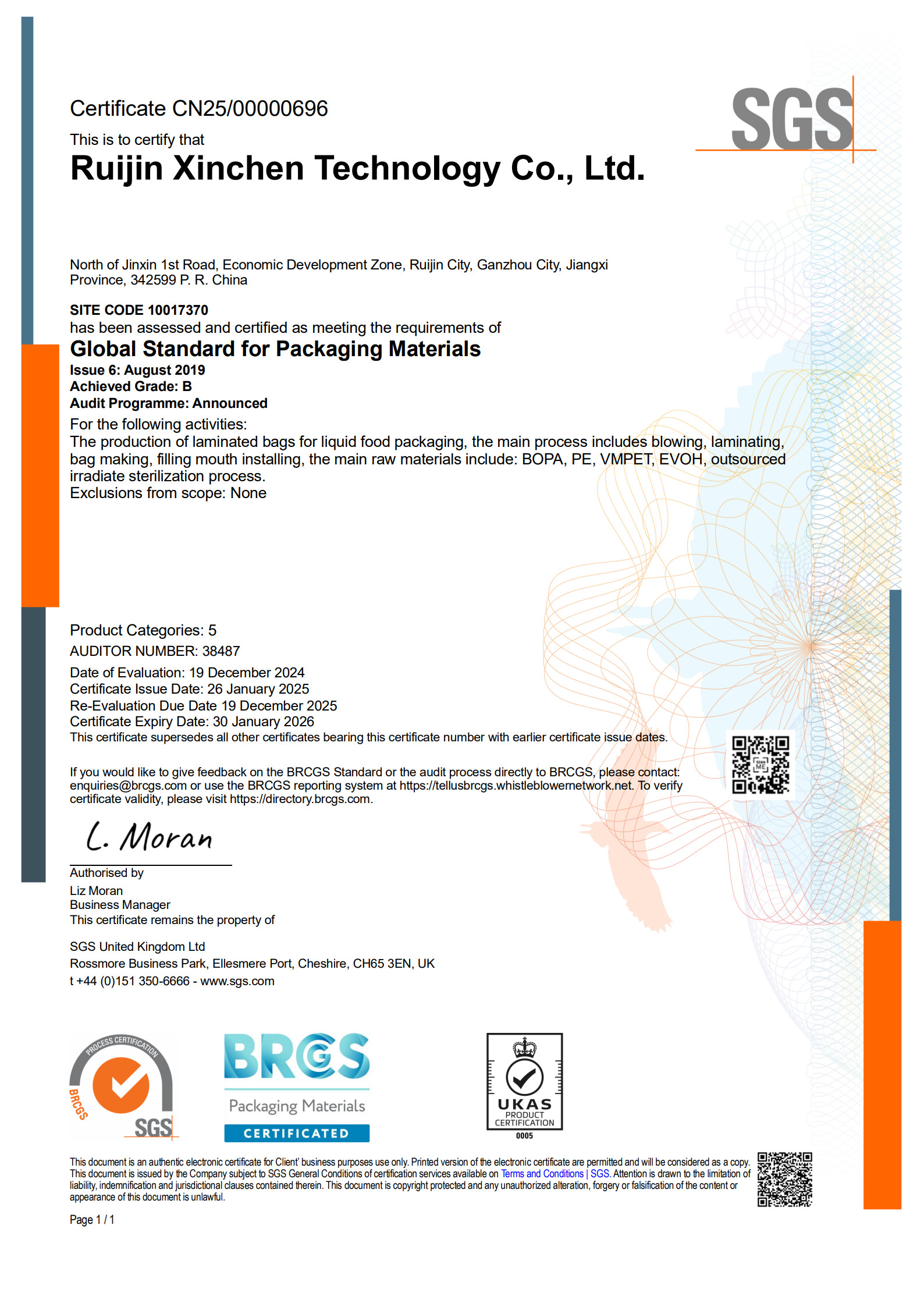
Bag-In-Box packaging with a touch valve crafted from durable nylon composite, offering an unparalleled blend of convenience, efficiency, and eco-friendliness.
The nylon composite touch valve ensures smooth and hygienic dispensing of liquids, be it pure drinking water, beverages, or other sensitive products. Its robust construction guarantees leak-proof operation, making it ideal for storage and transportation of large volumes, ranging from 5L to 25L. The touch-activated mechanism adds a layer of ease, allowing for precise control over the flow rate, ensuring every drop is used efficiently.
The Bag-In-Box design itself promotes sustainability by significantly reducing plastic waste compared to single-use bottles. Its lightweight yet sturdy construction means reduced transportation costs and a lower carbon footprint during distribution. Moreover, the bags are fully recyclable, aligning with modern eco-conscious practices.
They are suitable for a wide range of applications, including but not limited to, emergency water supplies, event hydration stations, and household use, offering a reliable and sustainable solution for all your liquid storage and dispensing needs.
Experience the future of liquid packaging with our Bag-In-Box With Touch Valve (Nylon Composite) – a smart investment in both cost savings and environmental responsibility.
Products Integration
12+ Industrial Experience
Export To Over 35 Countries
7*24 Hours Customer Service
In modern packaging technology, the Bag-in-Box (BIB) system has become an import...
READ MOREIn modern pharmaceutical, food, and chemical industries, the sterile storage and...
READ MOREIntroduction In today's packaging industry, with consumers' ever-increasing dema...
READ MOREIn the modern consumer goods market, soft liquid packaging bags have gradually b...
READ MOREGlobal Concern for Food Packaging Safety In recent years, the safety of food pac...
READ MOREThe Core Value and Industrial Significance of Aseptic Bags Aseptic Bags, with th...
READ MOREAccurately control heat sealing temperature:
According to the melting temperature and characteristics of nylon composite materials, set the appropriate heat sealing temperature. Excessive temperature may cause overheating of the material, causing deformation or shrinkage.
Use advanced temperature control system to monitor and adjust the temperature of the heat sealing area in real time to ensure that it fluctuates within the set range.
Optimize heat sealing time and pressure:
Reasonable heat sealing time and pressure settings are essential to ensure sealing quality. Excessive heat sealing time or excessive pressure may increase the risk of deformation of nylon composite materials.
According to the characteristics of the material and sealing requirements, determine the optimal heat sealing time and pressure parameters through experiments and tests.
Choose appropriate heat sealing equipment:
Choose heat sealing equipment with high-precision temperature control and pressure regulation functions to improve the stability and controllability of the heat sealing process.
Ensure that the heating elements of the heat sealing equipment are evenly distributed to avoid material deformation caused by local overheating.
Use high-quality materials:
Choose nylon composite materials with good thermal stability and high temperature resistance as raw materials for bag-in-box.
Ensure the quality of materials is stable and avoid poor heat sealing and deformation caused by material quality problems.
Implement strict process control:
Develop detailed heat sealing process specifications and operating procedures to ensure that operators can operate according to standards.
Regularly inspect and maintain heat sealing equipment to ensure that it is in good working condition.
Adopt advanced heat sealing technology:
Explore and apply new heat sealing technologies, such as ultrasonic heat sealing, high-frequency heat sealing, etc., to improve heat sealing efficiency and product quality.
Reduce the risk of deformation and shrinkage of nylon composite materials during heat sealing through technological innovation.
Leakage rate test:
Test method: The leakage rate calculation of airtightness test is mainly based on the actual leakage detected by the test equipment. The supplier may use a method similar to that described in reference article 2, that is, first apply a certain pressure (negative pressure or positive pressure) to the bag, then lock the pressure and start timing, observe and record the pressure drop (ΔP).
Data representation: Leakage rate is usually expressed as leakage per unit time, such as milliliters per second (mL/s) or Pascal liters per second (Pa·L/s). The specific value depends on the design, materials and manufacturing process of the bag.
Seal pressure test:
Test method: This may involve applying pressure to the sealed part of the bag to evaluate its ability to withstand external pressure. Specific test methods may include negative pressure tests (such as the ""bubble method"" described in reference article 3) or positive pressure tests (such as rupture tests, creep tests, etc.).
Data representation: The sealing pressure is usually expressed as the maximum pressure that the bag can withstand before rupture, or as a function of pressure and time to express the creep performance of the bag under continuous load.


+86-15779056622

